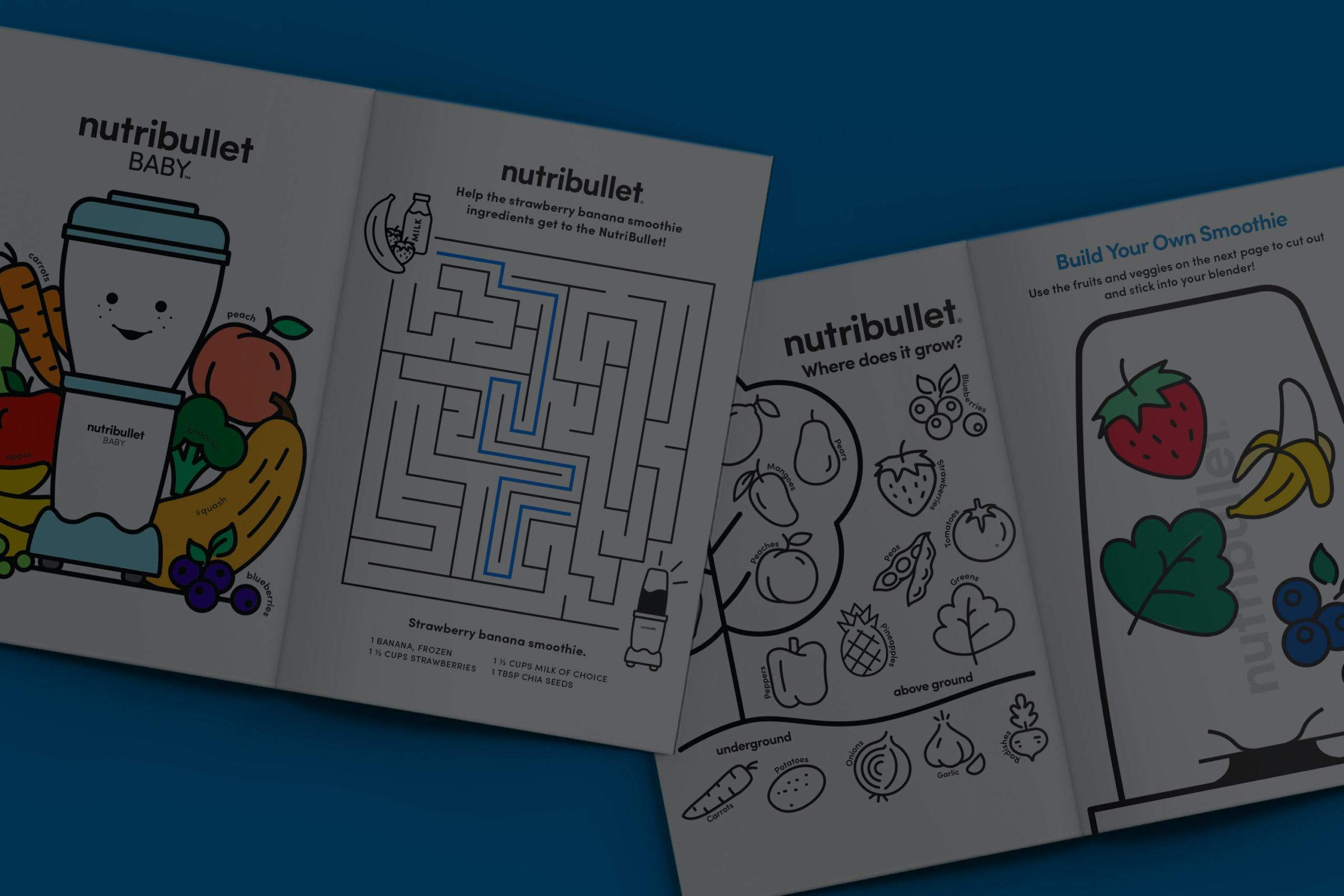Our team reads every single comment and question we receive, and we do our very best to get back to each and every one of you. We feel honored that so many people come to us for up-to-date nutrition information, recipe ideas, kitchen hacks, and as a source of support.
Of all the comments and questions we receive, one topic undoubtedly sparks the most debate: sugar.
First, it’s important to understand that sugar is not inherently “bad” or that you can never eat sugar again – even if you have diabetes and are being mindful of your sugar intake at each meal. Secondly, not all sugar is created equal.
Sugar in your diet is found in two forms: naturally occurring or added.
Naturally occurring sugar is found in foods such as fruit and fruit juice (in the form of fructose) and milk products (in the form of lactose). When you eat naturally occurring sugar from whole foods, you’re also consuming the inherently good properties from those foods. That includes fiber and antioxidants from fruits and vegetables or protein from dairy products. According to the 2015-2020 Dietary Guidelines for Americans, aimed to support health and nutrition and reduce the risk of chronic disease, we should limit added sugar, not the sugar found naturally in food.
Added sugar is sugar and syrup put in foods during preparation or processing or added at the table (like when you add sugar to your cereal, oatmeal, or coffee). Some major sources of added sugar are sodas and flavored waters, alcoholic drinks, grain-based desserts (think: cakes, pies, cookies), candies, and dairy desserts such as ice cream. Added sugar has no nutritional value, other than providing a source of energy (i.e. calories). And, quite frankly, it’s delicious! The 2015-2020 Dietary Guidelines states that, currently, added sugar accounts for almost 270 calories per day in the average American diet.
Added sugar can be hidden in many unsuspecting food products, so individuals often consume more than they realize.
There are two ways you can determine if a food contains added sugar:
- Look at the nutrition label. The nutrition label found on food products recently had a makeover this past year to include added sugar. Under total carbohydrates, you’ll find a line specifically for added sugar and the number of grams per serving in this item.
- Look at the ingredient list. Sugar has many names other than “sugar” and words ending in “-ose,” such as maltose, sucrose, or fructose. Added sugar can also be listed as high fructose corn syrup, molasses, cane sugar, corn sweetener, raw sugar, syrup, honey, maple syrup, or fruit juice concentrates. The closer the sugar ingredient is towards the beginning of the ingredients list on the label, the bigger proportion it plays in that product.
How much added sugar should I be eating?
The current Dietary Guidelines recommend a shift to reduce added sugar consumption to less than 10 percent of calories per day. So, for someone consuming 2,000 calories per day, this would equate to no more than 200 calories, or 12 teaspoons, of added sugar per day.
Remember, this does not include fruit, dried fruit, fruit juice, vegetables, or dairy products – all of which have naturally occurring sugar.
We certainly believe that food is meant to be enjoyed. But if you’re going to have the added sugar, we want it to be worth your while (hello, ice cream!) rather than opting for foods or beverages that you can easily do without.
Below are some simple tips for reducing your intake of added sugar:
- Read the ingredients list on products you often buy. Check for those added sugars that may be hiding in items like salad dressings, marinara sauce, yogurt, cereal, or frozen entrees.
- Try reducing the amount of sugar you typically add to coffee and tea.
- Enjoy smaller portions of sugar-sweetened foods and beverages you love.
- Buy fresh or frozen fruits or fruits canned in water or natural juice. Try avoiding fruit canned in syrup, especially heavy syrup.
- Instead of adding sugar to cereal or oatmeal, add fresh or dried fruits.
- When baking cookies, brownies, or cakes, reduce the sugar called for in your recipe by one-third or one-half. Often times, you won’t notice the difference.
There’s a lot of fear and misinformation out there surrounding sugar, so we hope this helps to clear up some confusion. The bottom line: fruits and vegetables are truly the cornerstones of a healthy diet, so enjoy them – naturally occurring sugar and all.
Nutritional information
Recipe: Creamy Green Strawberry Dream Serving in this recipe:1
- Calories: 236.6
- Total Fat: 3.6 g 5.5%
- Saturated Fat: 0.4 g 1.9%
- Cholesterol: 0 mg 0%
- Sodium: 358.7 mg 14.9%
- Total Carbs: 45.7 g 15.2%
- Dietary Fiber: 9.9 g 39.4%
- Sugar: 22.1 g
- Protein: 8.1 g 16.2%
- Vitamin A: 481.9% Vitamin C: 244.1%
- Calcium: 68.5% Iron: 26.1%
* Percent Daily Values are based on a 2,000 calorie diet. Your daily values may be higher or lower depending on your calorie needs.











